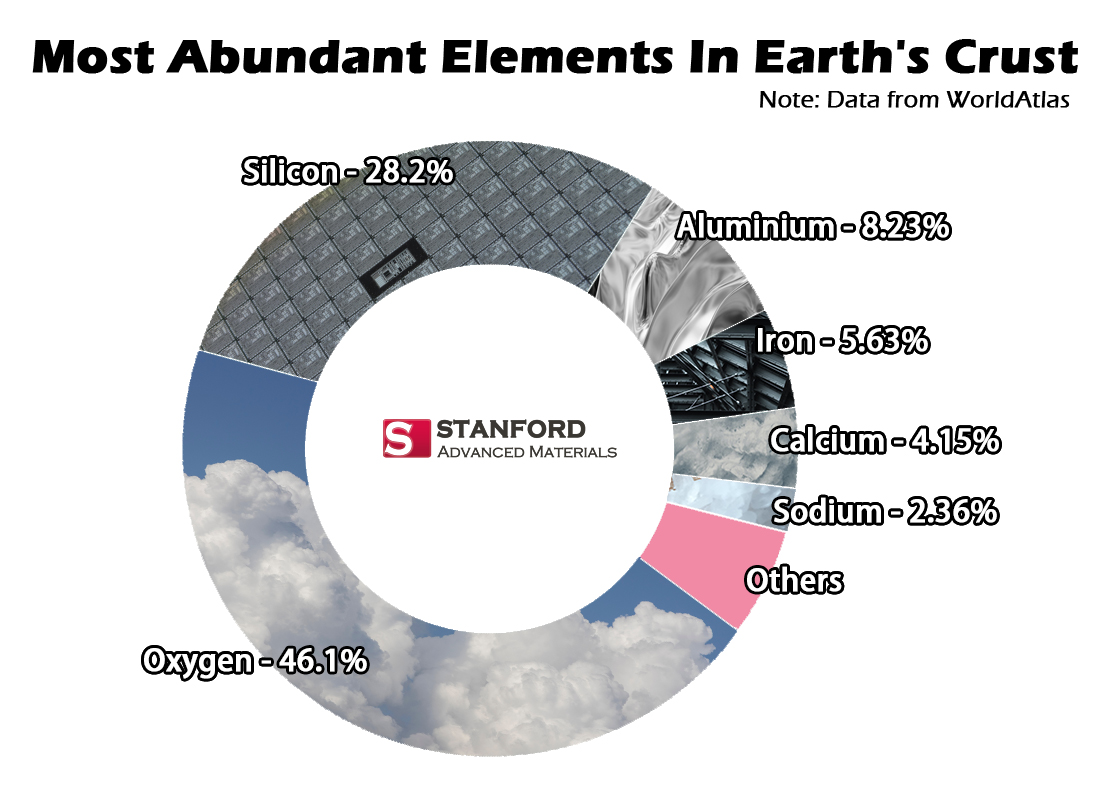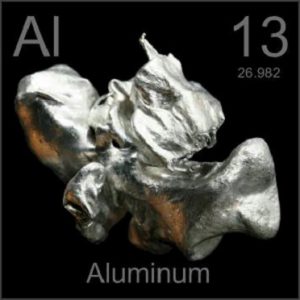Aluminum is everywhere. Cars, foil, power lines, window frames — you name it. It’s lightweight, tough, and incredibly versatile. It makes up around 8% of the Earth’s crust, which makes it the most abundant metal out there. Pretty impressive for a material we barely notice, right? Even more impressive is that it’s 100% recyclable, making it a silent partner in building a sustainable future.
This silvery element sits at number 13 on the periodic table, and while it’s highly reactive, that’s part of what makes it so useful. It bonds easily with other elements, forming materials that we rely on daily across various industries, including aerospace, electronics, food packaging, construction, and beyond.
And then there’s the aluminum sputtering target — a special form used in high-tech fields like semiconductors, LED displays, photovoltaic panels, and even fuel cells. Fancy, yes — but also very real and increasingly important.
But let’s bring things back to Earth for a second. What are the everyday uses of aluminum? The ones you see (or miss) in regular life? Let’s break down six of the most common — and crucial — ways aluminum works behind the scenes.

Before diving into its everyday uses, here’s a quick overview of what makes aluminum so valuable:
What Makes Aluminum So Useful?
Before diving into the applications, here’s why aluminum is a star in the materials world:
- It resists corrosion (thanks to a natural oxide layer)
- It conducts electricity, though not as well as copper, but it’s lighter and cheaper
- It forms strong alloys with metals like copper, iron, and magnesium
- It handles heat well, making it great for cookware and machinery
- It’s lightweight but strong, which helps in everything from transport to construction
- It withstands weather, so it works indoors or out
- It’s infinitely recyclable, making it a key player for a sustainable future.
That’s quite a resume for a single metal.

1. Automotive Manufacturing
Think aluminum is just for soda cans? Think again.
Modern vehicles use aluminum everywhere — doors, pistons, engine blocks, transmission cases, wheels, even suspension systems. Why? Because aluminum cuts weight without sacrificing strength. Lighter cars mean better fuel efficiency and lower emissions — a win-win for drivers and the planet.
And as the auto industry shifts toward electric vehicles, aluminum’s role is only expanding. EV batteries are heavy; aluminum helps offset that. In fact, the average electric vehicle now uses significantly more aluminum than traditional cars to maximize that crucial driving range.
2. Kitchen Utensils (and Yes, Foil)
If you’ve used a frying pan today, there’s a good chance aluminum helped cook your meal.
Aluminum is a top choice for pots, pans, serving trays, and utensils because it heats up fast, cools down quickly, and doesn’t cost a fortune. That’s why it’s the go-to in fast food kitchens and home stovetops alike.
Oh, and aluminum foil? It’s not just for leftovers. It blocks air, moisture, and light — which is why it’s also used in food packaging and medical wraps.

3. Construction and Architecture
Have you ever looked up at a skyscraper and wondered what keeps it light but strong? Often, it’s aluminum.
From window frames and curtain walls to roofing sheets and facade panels, aluminum is a building favorite. It doesn’t rust, it’s easy to shape, and it holds up in rough weather.
Fun fact: the Empire State Building was one of the first major projects to showcase aluminum in its construction. That was just the beginning. Today, its thermal efficiency also helps create energy-saving buildings that stay warm in winter and cool in summer.
4. Transportation (Beyond Just Cars)
Planes. Trains. Ships. Bicycles. All powered — in part — by aluminum.
Why? The same reasons apply: lightweight, durable, and corrosion-resistant. In aircraft, aluminum reduces fuel use while maintaining safety. In trains, it helps boost speed and cut down on maintenance. And in boats, it holds up against saltwater better than steel.
Essentially, if it moves, aluminum is likely involved.
5. Electrical Power Systems
Aluminum might not be the first material that comes to mind for electrical work, but maybe it should be.
It’s widely used in high-voltage power lines, residential wiring, and even substation components. While copper conducts electricity better, aluminum is lighter, cheaper, and still effective, especially when used over long distances.
Bonus: It’s also used in aluminum sputtering targets, which help coat components in devices like LEDs, displays, and solar cells.
6. Wrapping and Packaging
Let’s be honest — you’ve probably wrapped a sandwich in aluminum foil more times than you can count. And that’s no accident.
Aluminum foil protects against air, moisture, and light, keeping food fresh. It’s also recyclable, non-toxic, and easy to shape. You’ll find aluminum not only in household rolls but also in beverage cans, pharmaceutical packaging, and frozen food containers.
It’s not glamorous — but it’s effective.

So, Where Else Is Aluminum Hiding?
Beyond the obvious, aluminum shows up in:
- Furniture frames (especially outdoor sets — no rust!)
- Smartphones and laptops (light but tough, great for heat management)
- Refrigerators and appliances
- Paints and coatings
- Solar panels
- Medical equipment
It’s not just useful — it’s everywhere.
Your Aluminum Questions, Answered (FAQ)
Q: Is cooking with aluminum pots and foil safe?
A: Yes, it is considered safe. The aluminum we encounter in cookware is stabilized by a surface oxide layer. The amount that may leach into food is minimal and well within safe health limits.
Q: Why is aluminum used in airplanes instead of steel?
A: The strength-to-weight ratio is key. Using steel would make an airplane so heavy it couldn’t get off the ground. Aluminum provides the necessary strength while keeping the aircraft light enough to fly efficiently.
Q: What’s the real difference between aluminum and stainless steel?
A: Aluminum is lighter, softer, and a better heat conductor. Stainless steel is heavier, much harder, and more resistant to scratching and denting. Aluminum is for performance and weight savings; stainless steel is for extreme durability.
Final Thought: Small Metal, Big Impact
Aluminum doesn’t scream for attention. It just works — quietly, efficiently, and almost everywhere you look.
From your morning commute to your dinner prep to the phone you’re holding right now, aluminum is helping make life lighter, faster, and smarter.
Next time you spot a can, a plane, or a roll of foil, maybe give it a second glance. That little metal’s doing a lot of heavy lifting.
For more information, you can visit our homepage.




